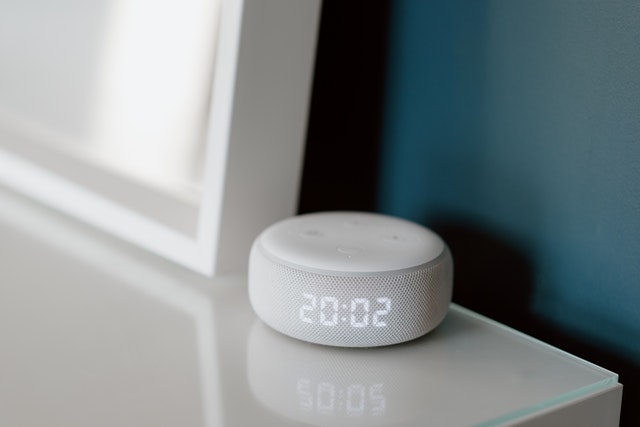When it comes to furniture design, the materials used can significantly influence not only the aesthetic appeal but also the functionality and longevity of the pieces. Among the various materials available, plywood has emerged as a popular choice for both manufacturers and consumers alike. However, the question remains: Is plywood furniture good or bad? This article delves into the multifaceted nature of plywood furniture, exploring its advantages and disadvantages to help you make an informed decision.
Understanding Plywood: A Brief Overview
Plywood is an engineered wood product made from thin layers, or plies, of wood veneer that are glued together. This method of construction provides several benefits, including strength, stability, and versatility. The manufacturing process allows for the use of various types of wood, which can enhance the aesthetic appeal of the final product. However, the quality of plywood can vary significantly based on the type of wood used, the number of layers, and the adhesive employed.
The Advantages of Plywood Furniture
- Durability and Strength
One of the most significant advantages of plywood is its strength. The cross-laminated structure of plywood makes it less prone to warping and cracking compared to solid wood. This durability makes plywood furniture an excellent choice for high-traffic areas, such as living rooms and dining spaces. - Cost-Effectiveness
Plywood is often more affordable than solid wood, making it an attractive option for budget-conscious consumers. The lower cost does not necessarily mean a compromise in quality; high-grade plywood can offer a similar aesthetic to solid wood at a fraction of the price. - Sustainability
As environmental concerns continue to rise, plywood has gained recognition for its sustainability. Many plywood manufacturers source their wood from responsibly managed forests, and the production process typically uses less wood than solid wood furniture, making it a more eco-friendly option. - Versatility in Design
Plywood can be easily shaped and molded, allowing designers to create innovative and contemporary furniture pieces. Its versatility makes it suitable for various styles, from minimalist to industrial, catering to diverse consumer preferences. - Lightweight Nature
Plywood furniture is generally lighter than solid wood furniture, making it easier to move and rearrange. This feature is particularly beneficial for those who frequently change their living spaces or for renters who may need to transport their furniture.
The Disadvantages of Plywood Furniture
- Quality Variability
Not all plywood is created equal. The quality can vary widely based on the type of wood used and the manufacturing process. Lower-quality plywood may contain voids or gaps, compromising its strength and durability. Consumers should be cautious and opt for reputable brands that provide high-quality plywood products. - Susceptibility to Moisture
While plywood is generally more resistant to warping than solid wood, it is not entirely impervious to moisture. If exposed to excessive humidity or water, plywood can swell or delaminate. Therefore, it is crucial to consider the environment in which the furniture will be placed and to take appropriate precautions. - Limited Repair Options
Unlike solid wood, which can be sanded down and refinished, plywood furniture may not be as easily repaired. Scratches and dents can be more challenging to fix, and once the surface veneer is damaged, it may require replacement rather than simple restoration. - Aesthetic Limitations
While plywood can be aesthetically pleasing, it may not appeal to everyone. Some consumers prefer the rich textures and grains of solid wood, which plywood cannot replicate. For those seeking a traditional or luxurious look, plywood may fall short.
Making an Informed Decision
Ultimately, whether plywood furniture is good or bad depends on individual preferences, needs, and circumstances. For those seeking affordable, durable, and eco-friendly options, plywood can be an excellent choice. However, consumers should be mindful of the quality and the specific requirements of their living spaces.
When considering plywood furniture, it is essential to research and choose high-quality products from reputable manufacturers. Understanding the pros and cons will empower consumers to make informed decisions that align with their lifestyle and aesthetic preferences.
Conclusion
Plywood furniture presents a compelling mix of advantages and disadvantages. Its durability, cost-effectiveness, and sustainability make it an attractive option for many consumers. However, potential drawbacks such as quality variability and moisture susceptibility warrant careful consideration. By weighing these factors, you can determine whether plywood furniture is the right fit for your home, ensuring that your investment meets both your functional and aesthetic needs.

